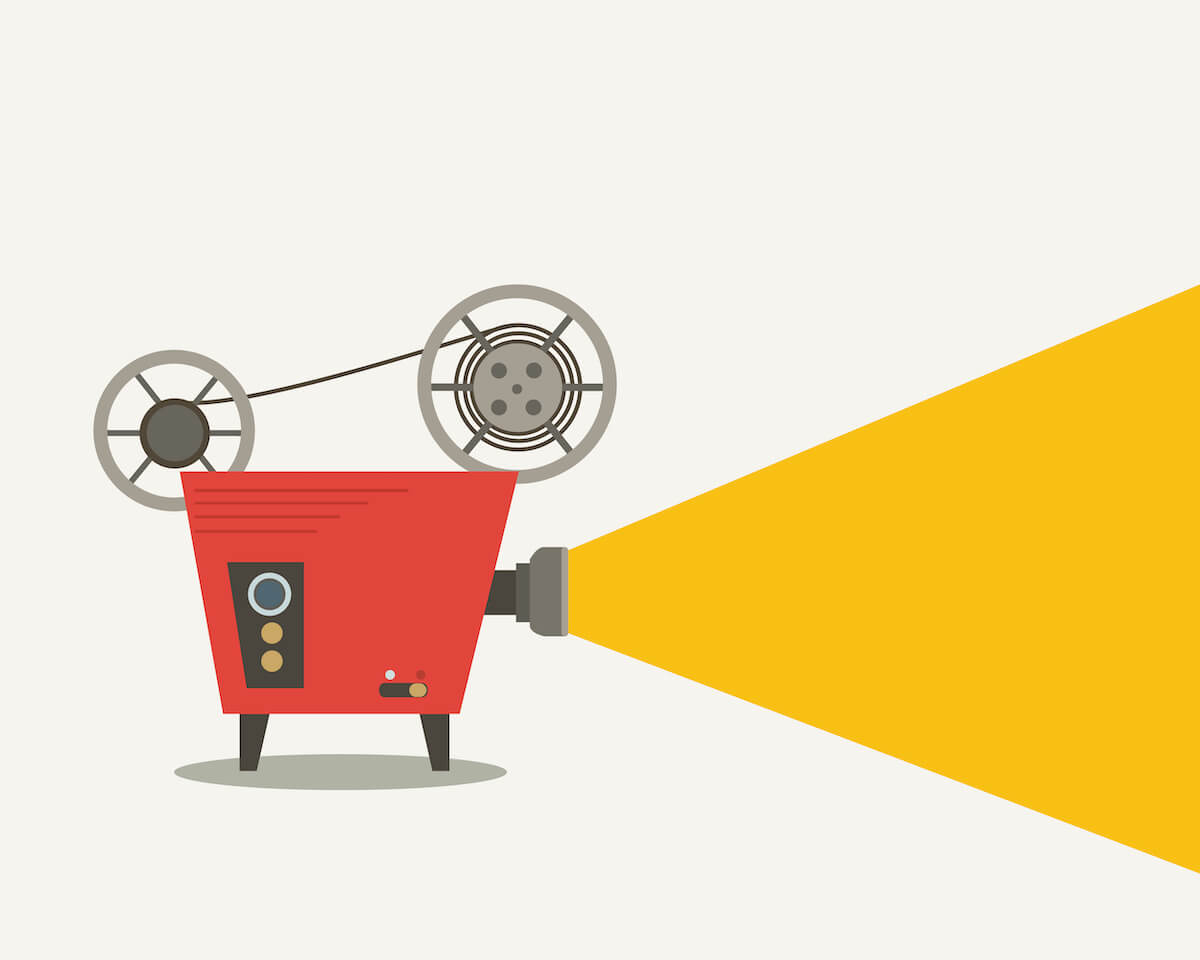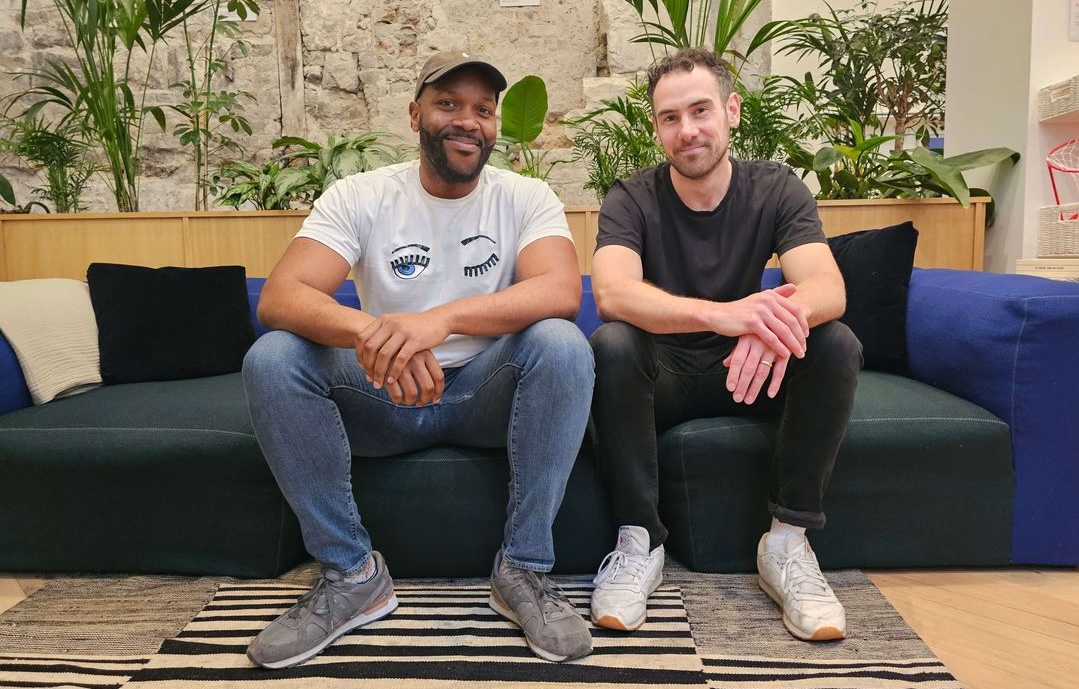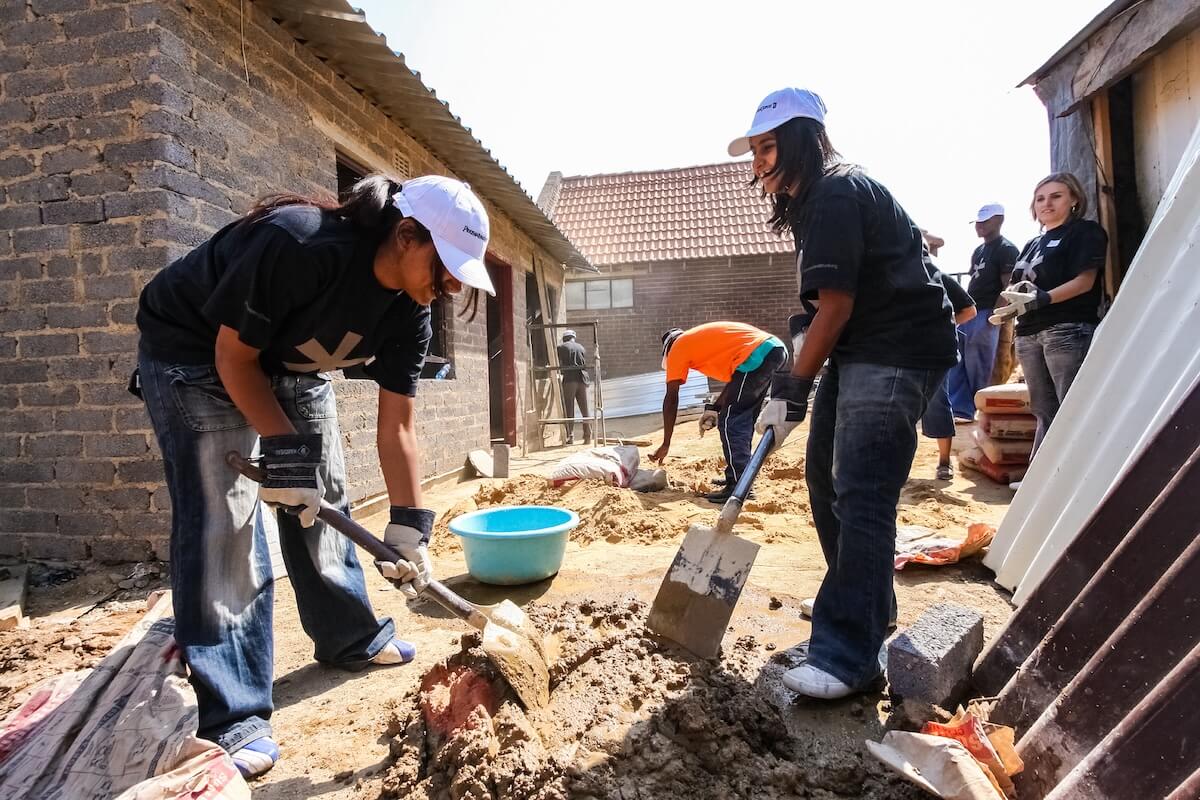I love that old New Yorker cartoon with the guy praying, “Please God, just give me one more bubble.”
The current concern among the social capital market crowd is that “impact investing” has gotten too hot. After years of trying to get investors to look beyond the financial bottom line and consider social and environmental impacts, there’s now too much money and too few investable deals.
I’ve heard that dozens of times from fund managers, investment advisors and other smart observers of the space, so I’m sure it’s true.
But too damn much money looking for ways to solve social problems all around the world for billions of people? That’s a good problem to have.
Too much money to finance slum housing and sanitation in India. Too much capital to install off-grid solar systems in health clinics, schools and homes in Africa. Too much operating capital for new small business in low-income communities in cities across the U.S.
This problem of too much money hasn’t yet become apparent to social entrepreneurs themselves. But let’s stipulate that smart business models, sustainable revenues and crisp execution are too rare among social ventures, which is why the same standout examples are cited repeatedly.
The experts fear a “social bubble.” If deals get overvalued and returns don’t meet expectations, the fragile new edifice of social capital markets could come crashing down before it really gets rolling. Investors who are finally accepting the invitation to the dance may conclude it really wasn’t that great of a dance after all.
But bubbles may be the way the economy really works. Back in the 90s, telecom was a bigger boom-and-bust than even dot-coms themselves. The billions of overinvestment helped lay thousands of miles of undersea cables that has since been lit up. In the same decade, the Gates Foundation pumped hundreds of millions into global health when that field barely existed. That created a new career track that thousands of grad students and others have eagerly jumped onto, creating the capacity needed to absorb the funding.
Moreover, who’s to say the early bets won’t pay off? The drivers seem clear: the billions of people aspiring to join the global middle class in the next few decades are going to need sustainable food and water, green sanitation, green energy, green health care and green transportation. That’s an unprecedented opportunity for new goods and services. And the radical reduction in the costs of delivery, starting with cloud computing and mobile connectivity and renewable energy, means that new entrepreneurs are building their ventures on top of a powerful infrastructure that is they essentially don’t have to pay for.
All this is not to say that it will be easy to scale up solutions to the 21st century’s greatest challenges. But the problem of what to do with too much money is one I’m happy to put my journalistic skills to work on. Stay tuned.










